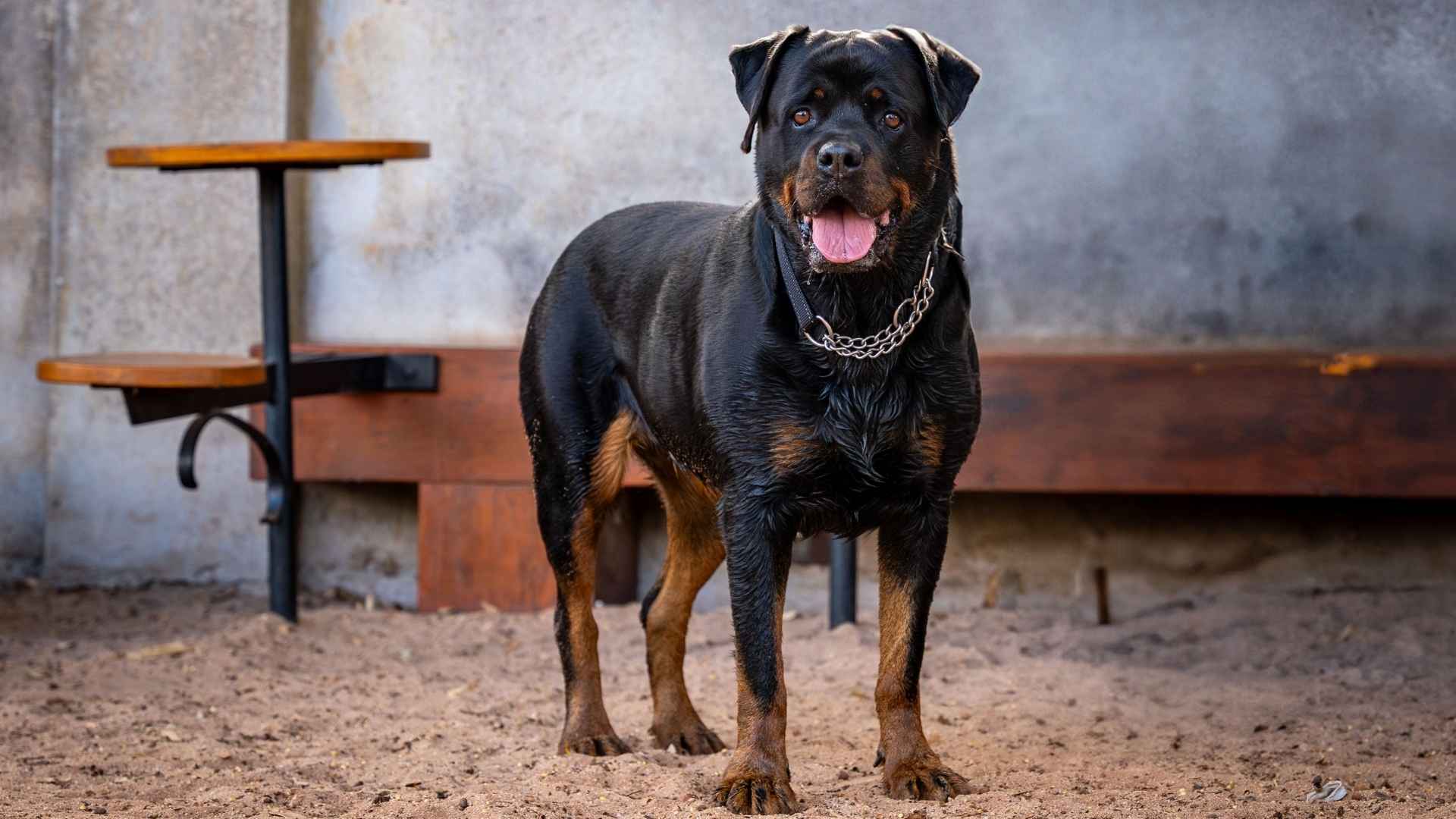From remote highland pastures to rural village perimeters, certain dog breeds have long protected communities with quiet vigilance. According to a study, guardians with roots in livestock protection once reduced stock losses by as much as 90 percent in regions where wolves and other predators roamed unchecked—a testament to their natural guarding instincts.
These dogs aren’t just watchful; they’re deeply bonded to the people and animals they guard. Imagine an entire village feeling safer at night simply because loyal dogs patrol its edges—alert, fearless, and attentive.
Guardian breeds tend to be fearless, strong, and watchful, naturally wired to defend homes and herds with minimal prompting. What this means is: these dogs don’t just guard—they embody trust.
Dog Breeds That Guard Entire Villages With Loyalty
Here are the best guard dog breeds:
1. Rottweiler
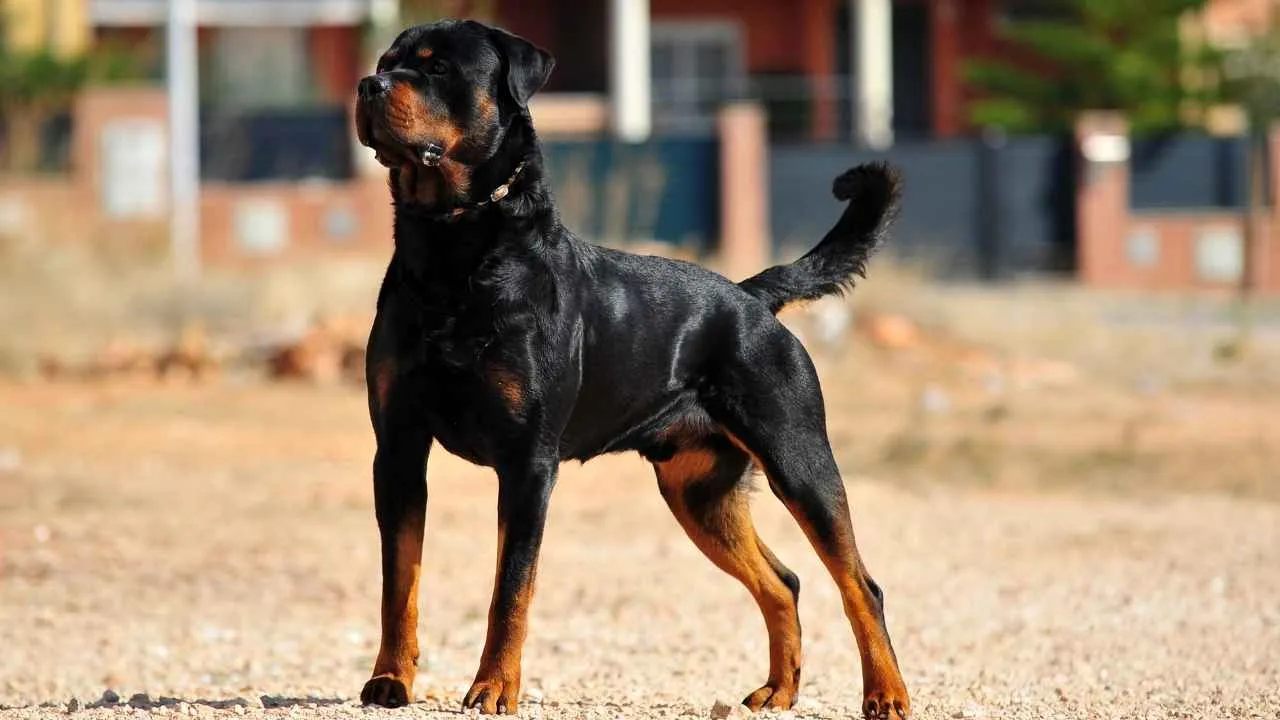
Few dogs embody raw power and unwavering devotion like the Rottweiler. Bred for work and protection, they’re confident decision-makers with an innate ability to assess threats and stay calm under pressure.
Their temperament strikes a rare balance: bold enough to guard an entire village, yet composed enough to avoid unnecessary aggression. This is a protective dog breed that knows when to act and when to observe.
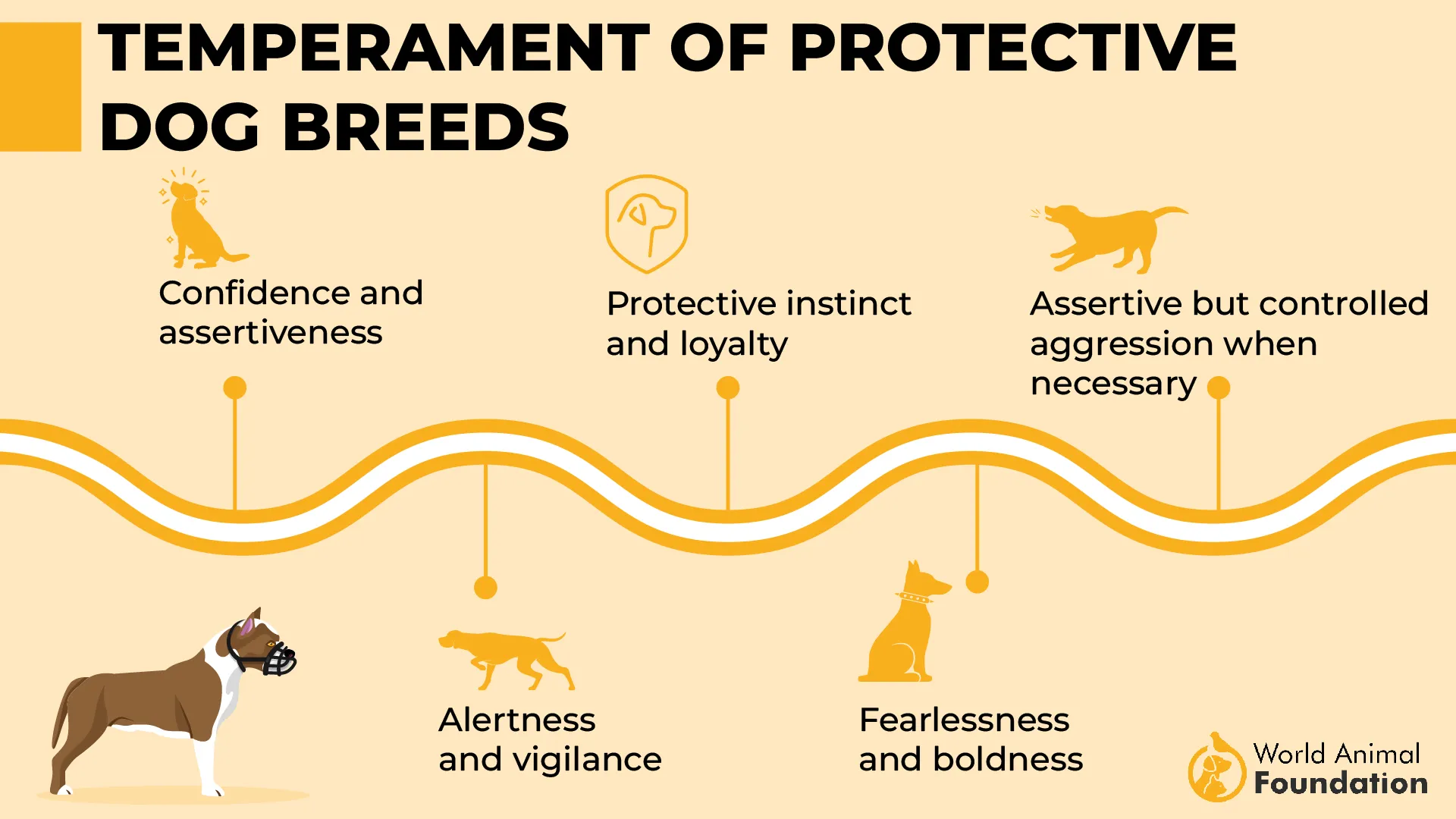
Key Traits:
Originating from Roman drover dogs used to herd cattle and pull carts (originally bred for labor and protection).
Known for their loud bark, which acts as a natural deterrent without excessive noise.
Require obedience training to manage their strength and assertive tendencies.
It possesses one of the most powerful bite forces among protective breeds.
Can be stubborn, so they respond best to clear commands and consistent training.
Have a dense coat that’s relatively easy to maintain despite moderate shedding.
May drool more than average due to loose lips (flews), especially after activity.
Recognized in therapy roles—some have even earned awards for compassion.
2. Doberman Pinscher
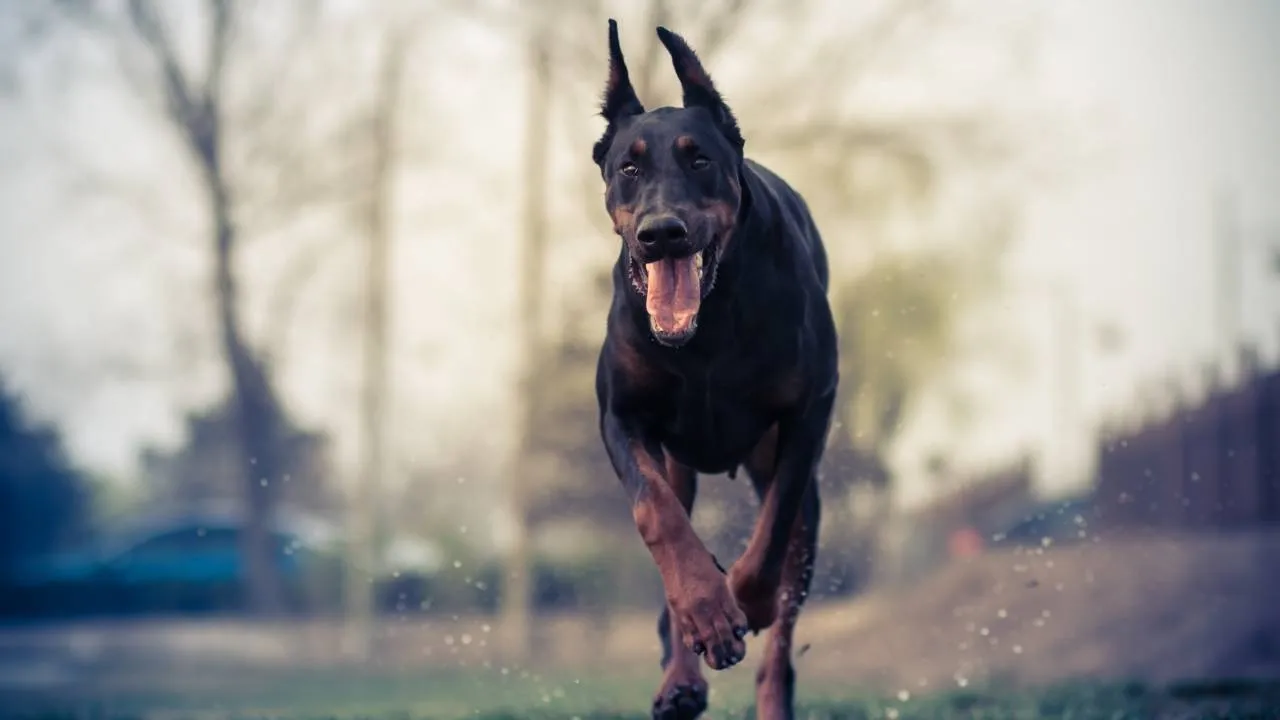
Doberman Pinschers are sharp, watchful, and fiercely loyal—everything you’d want in a breed trusted to guard entire villages. Their speed and awareness make them ideal perimeter defenders, always alert to what doesn’t belong.
With a natural sense of duty and an instinct for protection, they’re quick to respond without overreacting. Their elegant appearance belies how effective they are in action.
Key Traits:
Used historically in military, police, and canine sports, showcasing versatility and discipline.
Known for their affectionate nature and tendency to stick close to their people, earning the nickname “Velcro dogs”.
Come in a variety of coat colors, including blue, fawn, and the classic black-and-rust.
Highly responsive to early socialization and thrive on mental challenges.
Sensitive to low temperatures—best kept indoors or with warm shelter in winter.
Minimal shedding and low maintenance grooming due to their smooth, tight coat.
Need clear boundaries and consistent leadership to develop into excellent guard dogs.
3. Bullmastiff
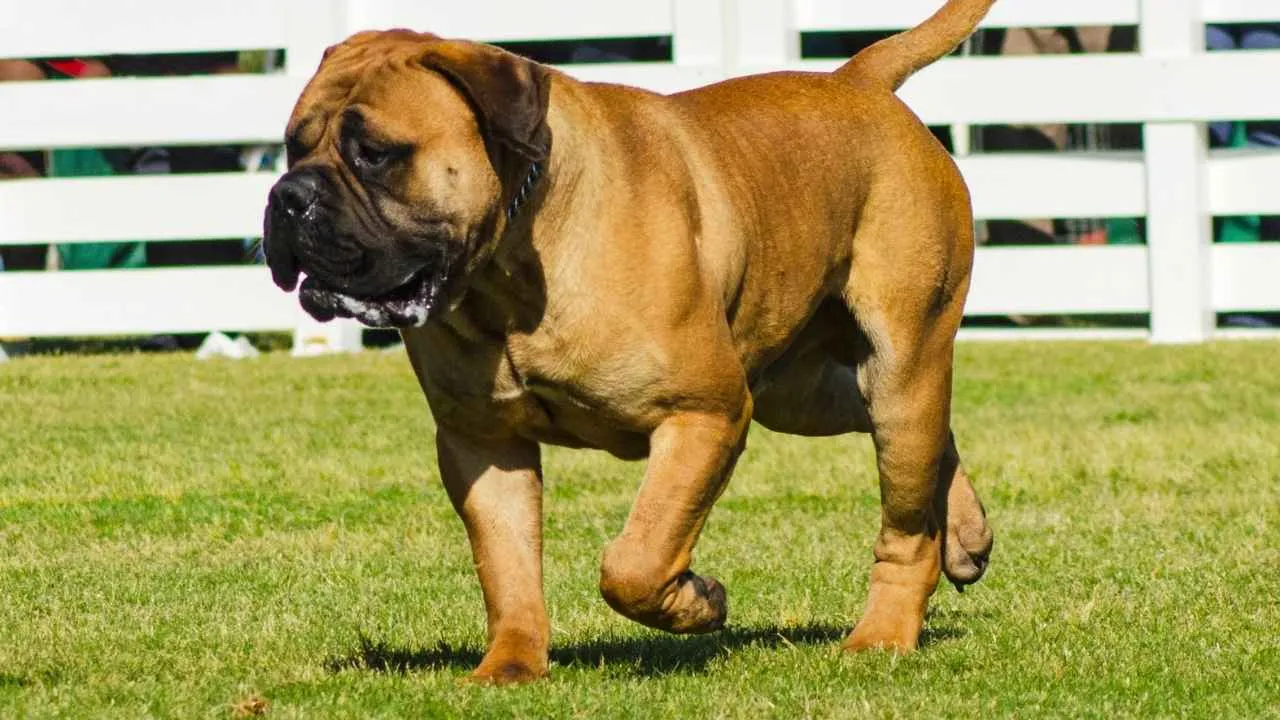
Bullmastiffs were never bred to bark—they were bred to stop intruders in their tracks. Trusted as bodyguard dogs since the 1860s, they’ve earned a reputation for silently patrolling large properties, reacting only when necessary.
Their sheer presence alone is often enough to deter threats. For villages needing quiet strength over constant noise, this breed fits the bill. According to Hill’s Pet, their suspicion of strangers means that early exposure to people and places is essential to prevent unnecessary aggression.
Key Traits:
Specifically bred in England to serve as livestock guardians and track down poachers without harming them.
Broad head, deep chest, and solid muscle make them physically imposing yet graceful.
Their short, dense coat is low-maintenance and ideal for owners who want easy grooming.
Not overly active but benefits from short, structured walks and time outdoors.
Known as the “Gamekeeper’s Night Dog” for their quiet tracking ability in rural estates.
Early interaction with people and other dogs is key to reducing territorial behavior.
Excel in homes that value quiet confidence over excessive barking.
4. Anatolian Shepherd
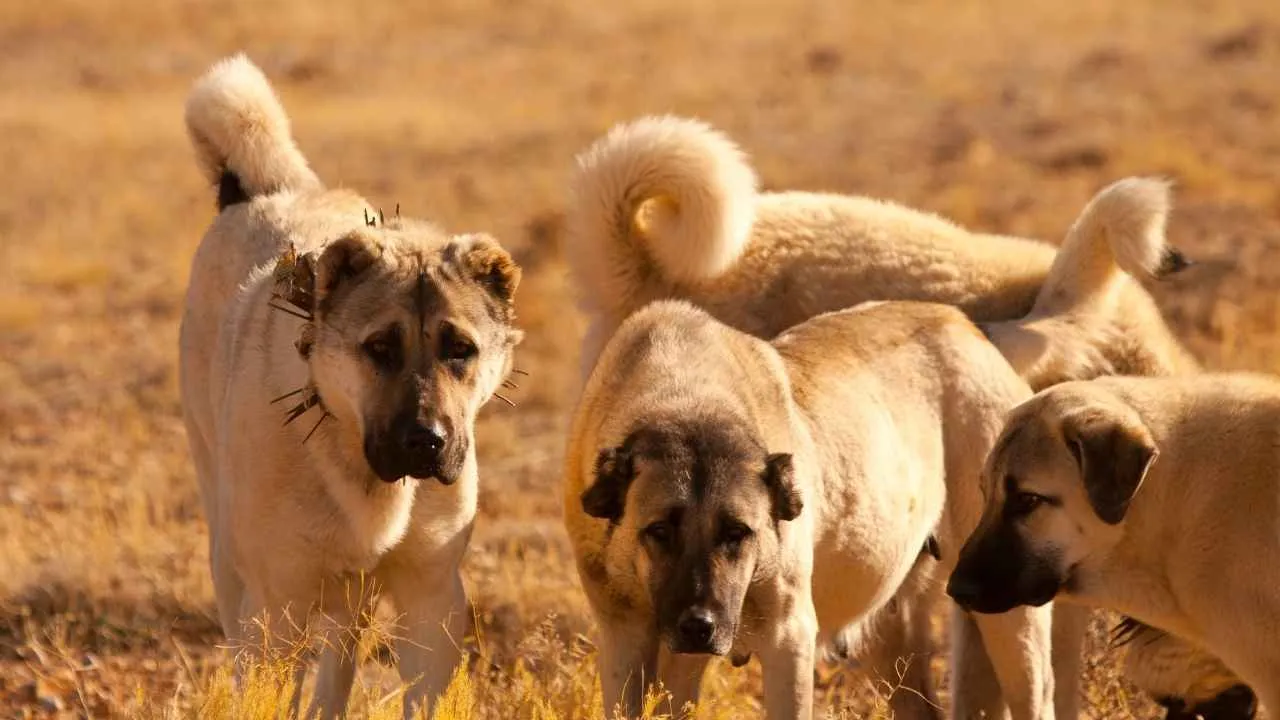
In the rugged landscapes of Turkey, Anatolian Shepherds have spent centuries protecting not just flocks, but entire communities. Their ability to assess threats independently and act without waiting for cues makes them ideal for guarding large, open spaces.
For villages relying on a self-reliant protector, this breed delivers. Their deeply ingrained guarding instincts stem from generations of work in isolation, where help wasn’t around the corner, and instinct meant survival.
Key Traits:
One of the most ancient dog breeds, with roots tracing back to the Bronze Age.
Known for high independence—requires positive reinforcement and patience during training.
Display a strong territorial drive but remain calm unless provoked.
Have a powerful build, large frame, and dense undercoat for year-round weather protection.
They excel in wide-open spaces and rural areas, requiring a great guard dog.
Can transition to a first-time dog owner with dedication and plenty of space.
5. Staffordshire Bull Terrier
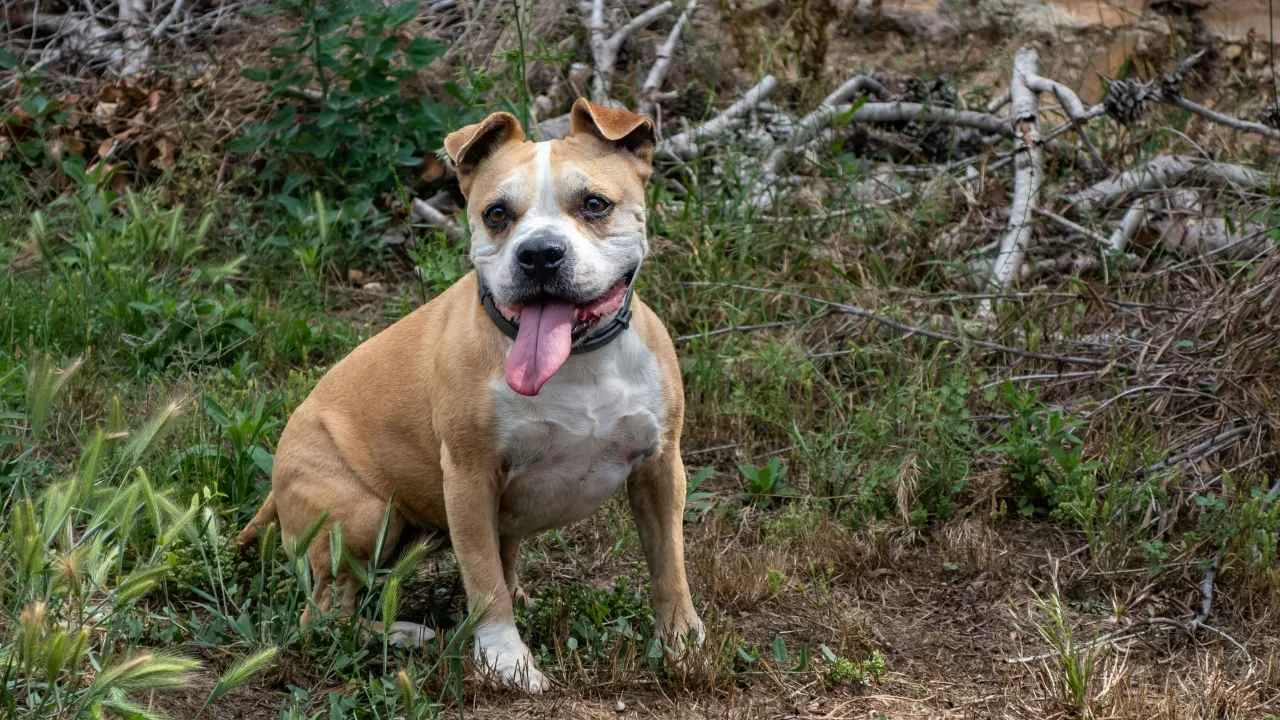
Staffordshire Bull Terriers may not tower in size, but when it comes to loyalty and alertness, they’re unmatched. In village settings where close quarters and familiar faces matter, these dogs shine. They’re naturally watchful, brave, and built for quick reactions, making them ideal for guarding shared spaces, narrow lanes, and clustered homes.
Their presence alone brings a layer of quiet security, and they’re known to stay vigilant without being overly aggressive. For villages that need a grounded, responsive guardian, this intelligent dog fits the role.
Key Traits:
Compact and muscular dogs with a low-slung, powerful build are ideal for both speed and strength
Agile movers that are quick on their feet, especially when alert to unfamiliar sounds or movement
Prone to barking when excited, but responds well to focused obedience training
Often require secure fences due to their strong jumping ability and energetic temperament
Naturally expressive—famous for their wide grin, known as the “Staffie smile”
Short, smooth coat needs minimal upkeep—an occasional brush keeps it in good shape
These dogs thrive in homes where they can bond closely with humans; they crave emotional closeness.
6. Cane Corso
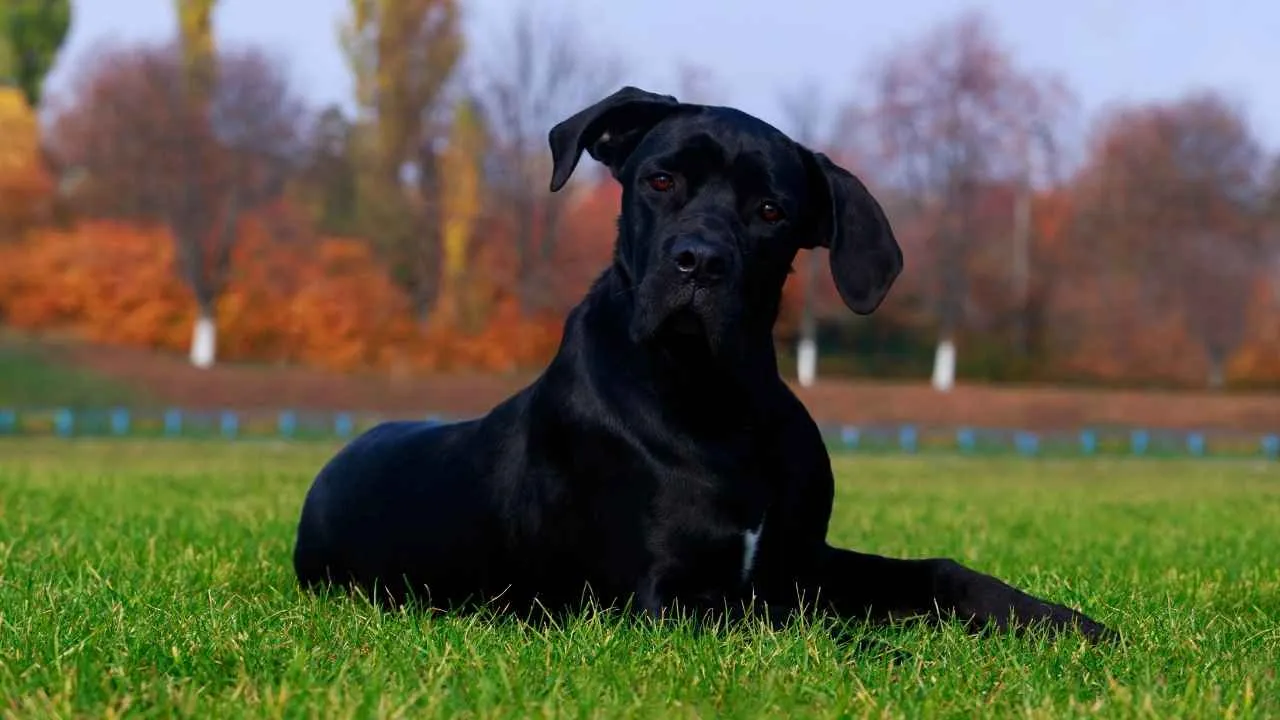
The Cane Corso isn’t just a family protector—it’s the kind of dog that could guard an entire village without breaking a sweat. With roots going back to ancient Rome, this breed has been shaped by centuries of guarding estates, livestock, and people.
Their strong protective instincts are baked into their DNA, making them alert, confident, and deeply loyal. When trained right, though, they become the right guard dog—fiercely devoted, incredibly aware of their surroundings, and ready to act when something’s off.
Key Traits:
Responds instantly to unfamiliar sounds with low growls or physical positioning.
Tracks human movement with calculated, slow pacing rather than hyperactivity.
Stays alert for extended periods without needing breaks or external commands.
Shows little interest in strangers unless they breach perceived boundaries.
Communicates boundaries using posture and direct eye contact before barking.
Possesses highly sensitive night vision and alertness during low-light hours.
Will often patrol the same paths or entrances repeatedly without instruction.
Rarely distracted by food or toys when locked into guard mode.
7. Boxer
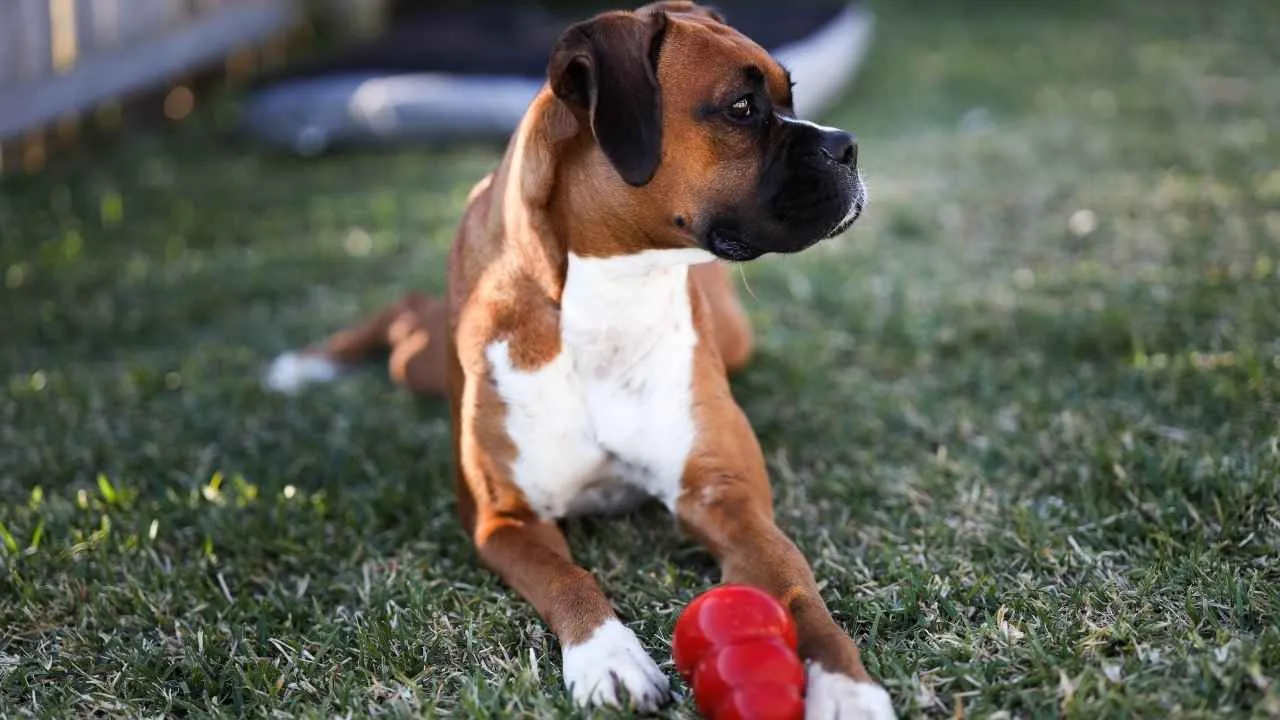
Boxers aren’t just popular guard dogs—they’re community defenders with heart. Originally bred for working roles, these active dogs combine strength with a high-spirited personality that makes them just as good at protecting spaces as they are at bonding with families.
A Boxer won’t just guard a yard or a house; they’ll keep watch over every corner of the village if that’s where their people are. They’re sharp, aware, and always ready to step in when something feels off.
Key Traits:
Naturally alert and always scanning their environment, they’re quick to notice unfamiliar faces or changes.
Have a strong jaw and powerful build, but they rarely use force unless truly necessary.
Known for their “talking”—a mix of growls, grunts, and snorts, they use to communicate with their people.
Their long puppyhood means extended curiosity and energy, keeping them lively well into adulthood.
Sensitive to extreme weather due to their short coat, so they prefer staying close to the warmth of home.
8. Great Pyrenees
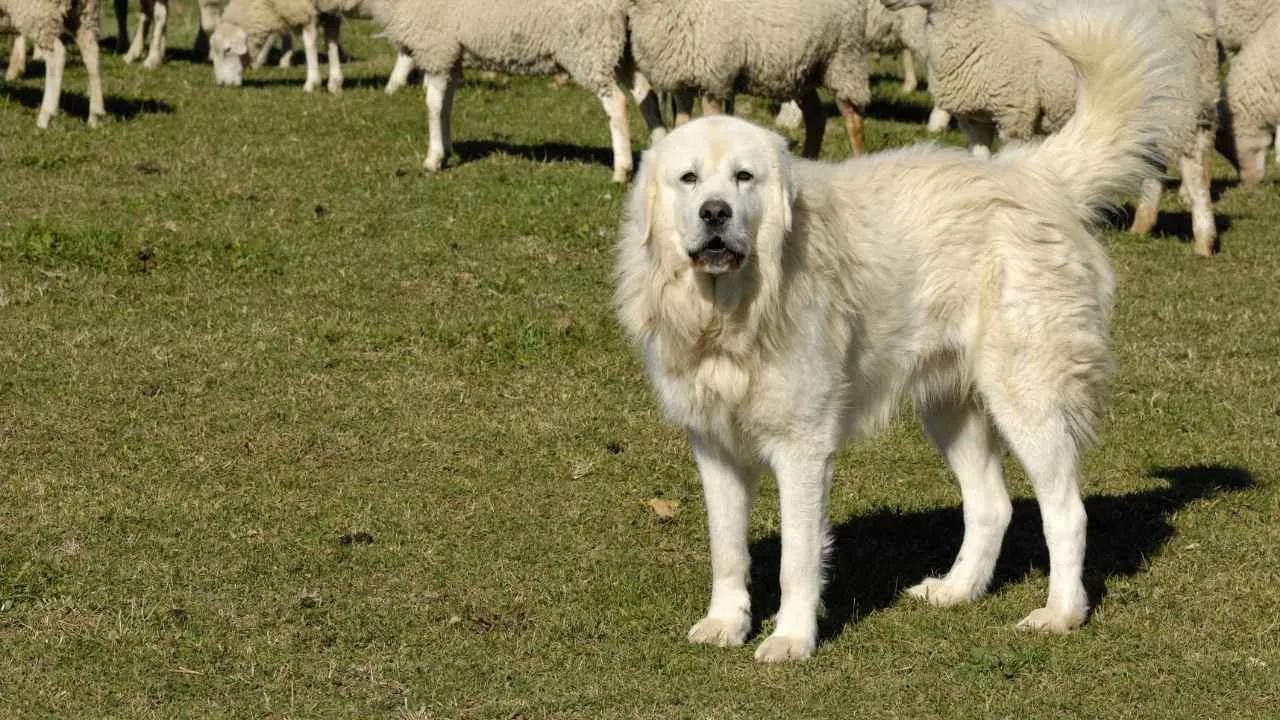
The Great Pyrenees is more than just a watchdog—it’s a guardian with a legacy. This breed was developed to protect livestock across vast mountainous regions, often working alone without human direction.
What makes them stand out isn’t just their sheer size or strength but their unwavering sense of responsibility. They’re calm, calculated, and always aware of their surroundings, especially after dark.
Key Traits:
Double dewclaws on their hind legs offer increased stability on rough terrain.
Thrive in cold, snowy environments thanks to their snowshoe-like paws and dense coat.
Known to bark instinctively at unfamiliar sounds, keeping intruders at bay.
Their independence means they require minimal supervision to do their job.
Once served as royal guardians for nobility in medieval France.
Nighttime vigilance stems from their original role guarding flocks under the stars.
Gentle with children and small animals despite their imposing presence.
Ancient lineage dating back thousands of years across European history.
9. Rhodesian Ridgeback
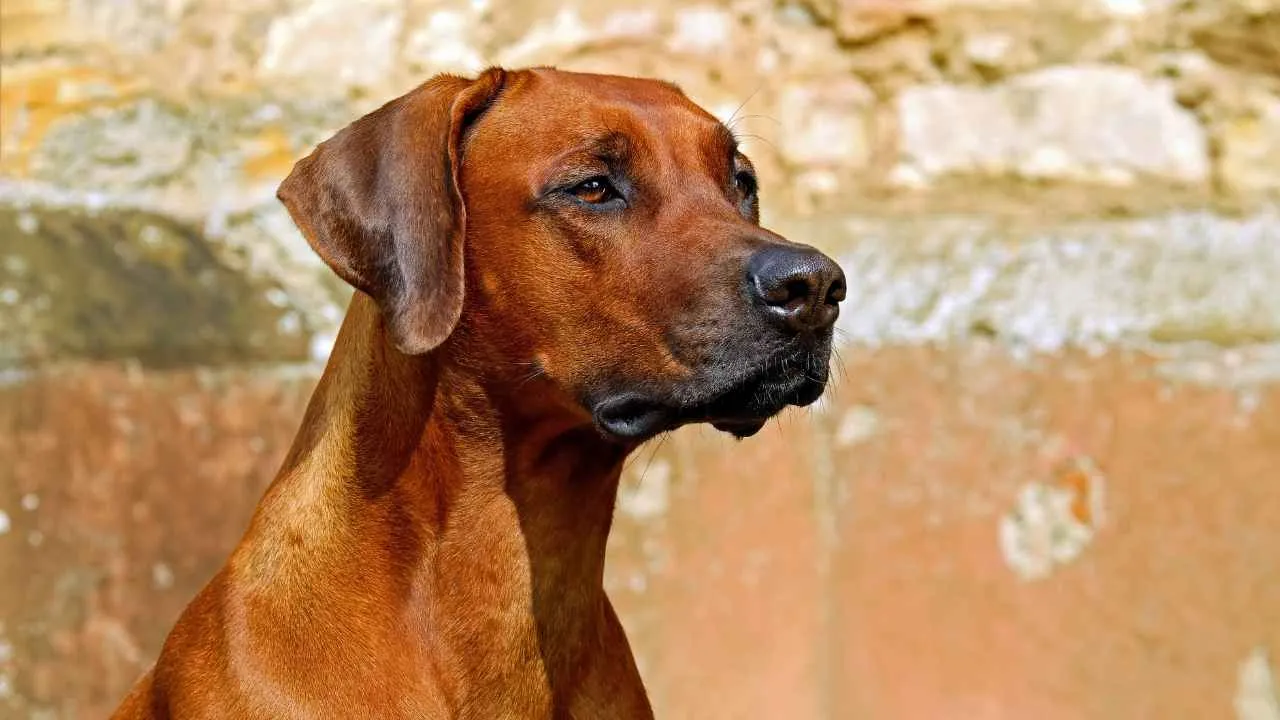
The Rhodesian Ridgeback is a striking breed, known not just for the ridge of backward-growing hair along its spine, but for the quiet strength it brings to any household—or entire village. This canine companion is loyal to the core, blending a natural protectiveness with a calm, watchful presence.
According to PetMD, despite their hunting lineage, they can adapt to a family dog dynamic with the right training and environment. First-time pet parents, however, should know this isn’t a hands-off breed; you’ll need to earn their respect through consistent boundaries and trust.
Key Traits:
Characterized by a distinct ridge of hair growing in reverse down the spine—a visual trait linked to their noble heritage.
Possess a naturally low bark threshold, vocalizing only when a real concern arises.
Often reserved toward unfamiliar faces, choosing to observe rather than immediately engage.
Require consistent boundaries and early training due to their strong-willed, independent mindset.
Perform well in agility-based challenges, showing off both intelligence and physical control.
Display moderate stamina—built for endurance, more than explosive bursts.
Can sport either black or brown noses, a unique variation uncommon in many other breeds.
Conclusion
When it comes to guarding entire villages, not every dog is up for the task. It takes more than size or bark—it takes instinct, resilience, and heart. The breeds we’ve explored aren’t just watchful; they’re loyal companions that thrive on purpose. Whether patrolling open fields, watching over livestock, or resting quietly at the gate, these dogs stay alert without needing to be told.
From weatherproof giants with a dense double coat to athletic protectors with sharp intuition, each breed brings its kind of vigilance. But it’s not just about picking the right breed—it’s also about how they’re raised. A responsible breeder doesn’t just breed for looks—they focus on temperament, health, and instinct.


